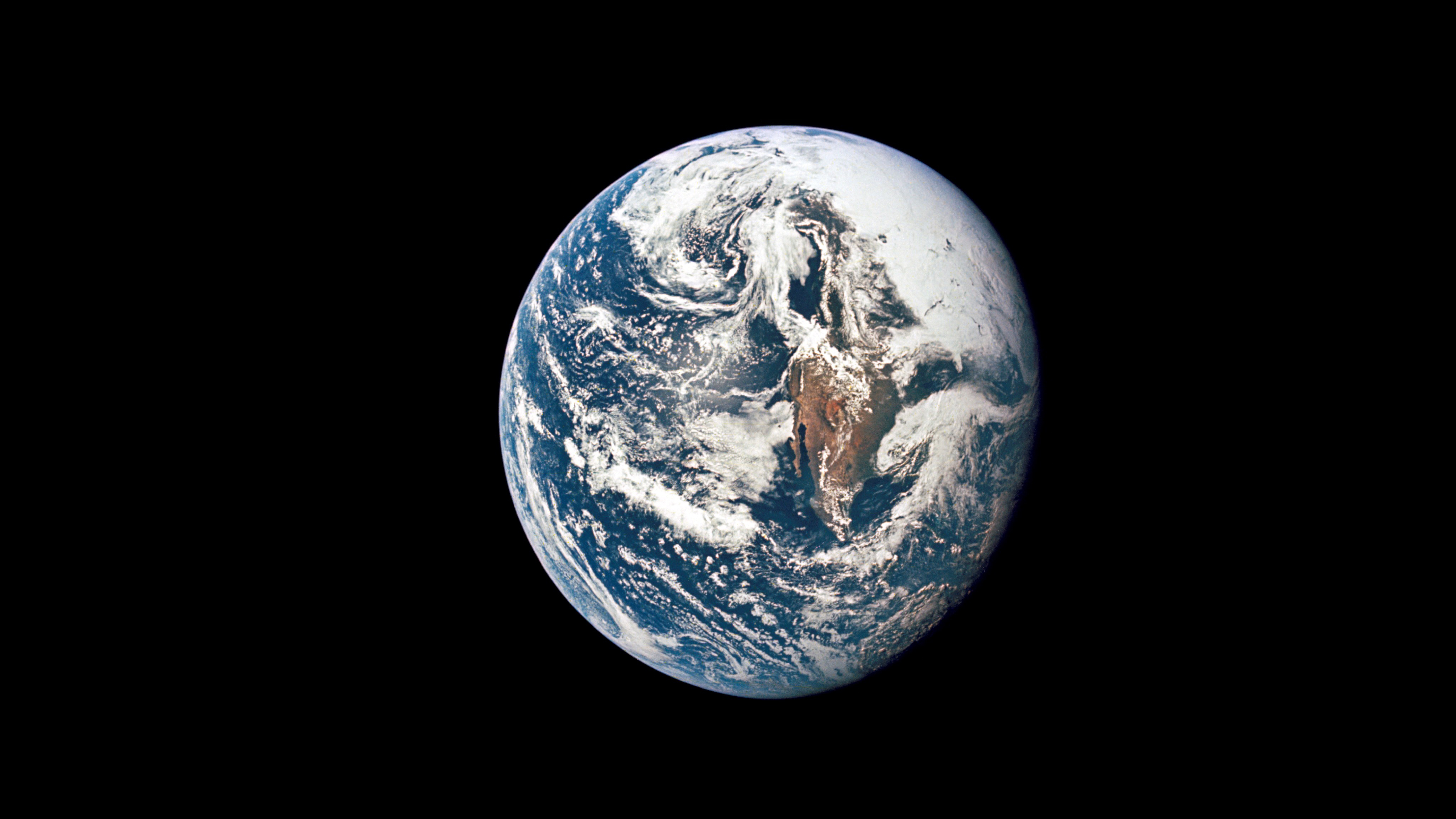
Keith Cooper
Keith Cooper is a freelance science journalist and editor in the United Kingdom, and has a degree in physics and astrophysics from the University of Manchester. He's the author of "The Contact Paradox: Challenging Our Assumptions in the Search for Extraterrestrial Intelligence" (Bloomsbury Sigma, 2020) and has written articles on astronomy, space, physics and astrobiology for a multitude of magazines and websites.
Latest articles by Keith Cooper
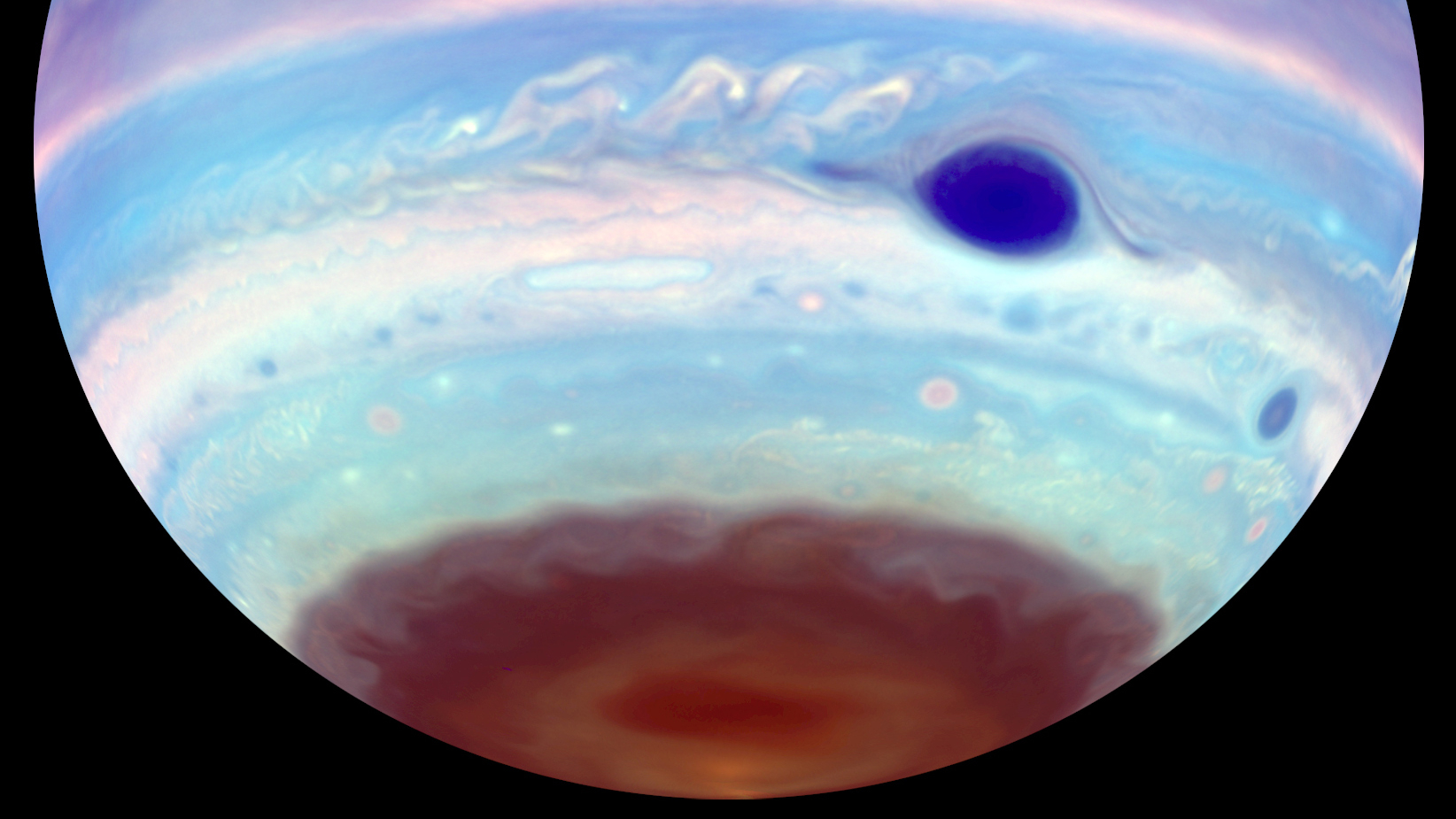
Magnetic tornadoes on Jupiter are spawning Earth-size storms
By Keith Cooper published
Magnetic vortices twisting down from Jupiter's ionosphere into its deep atmosphere cause giant, ultraviolet-absorbing polar anticyclones, each the size of our Earth.
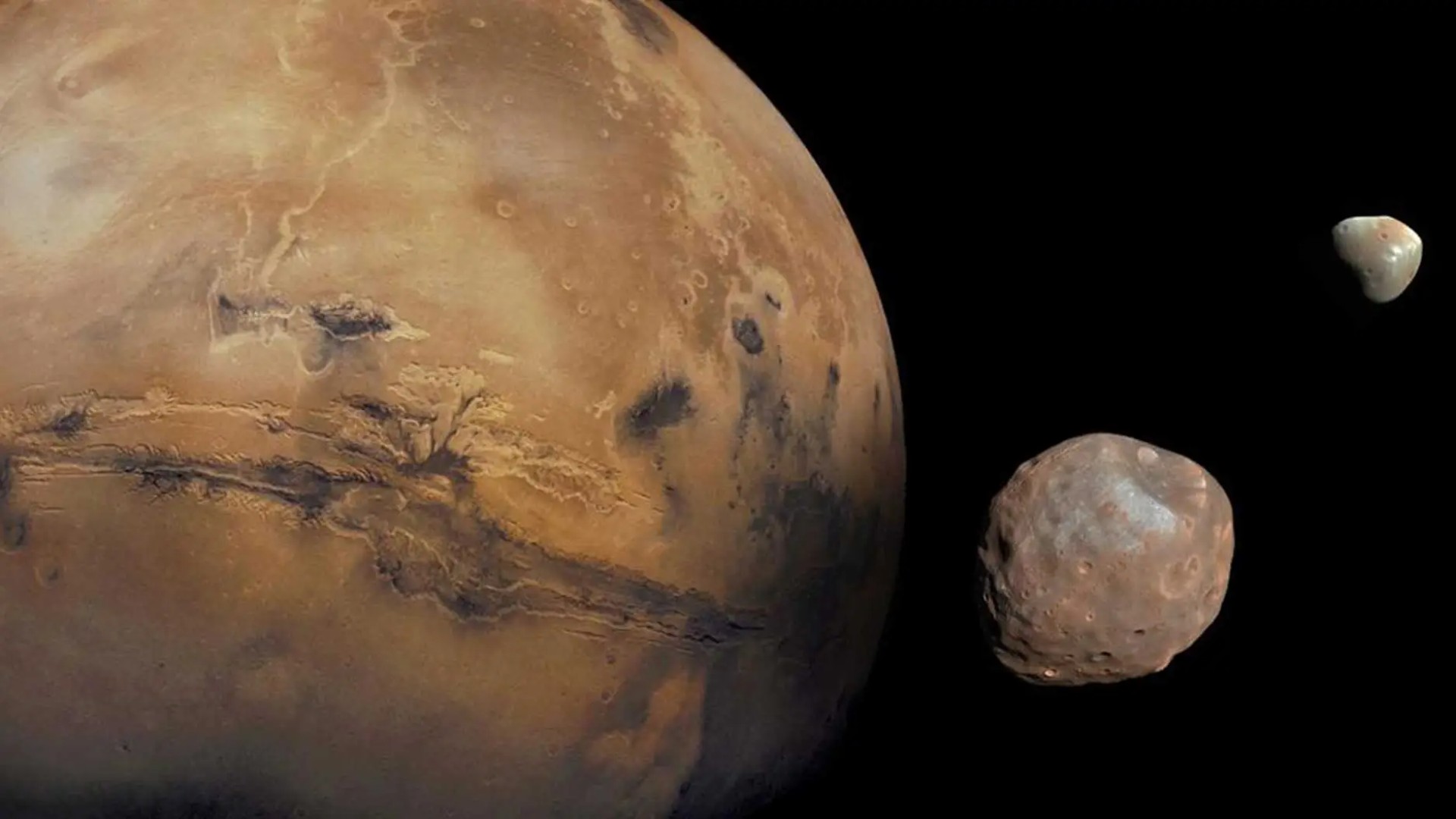
Mars may have made its 2 moons by ripping an asteroid apart
By Keith Cooper published
A new theory proposes that Phobos and Deimos resulted from the wreckage of a larger asteroid that wandered too close to Mars and was ripped apart.
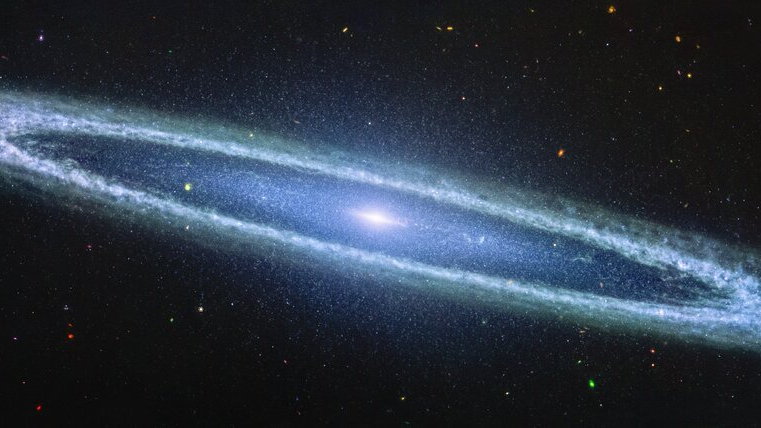
The Sombrero Galaxy's star-forming days are nearly over — and the James Webb Space Telescope may know why
By Keith Cooper published
A brand-new James Webb Space Telescope image captures the steady, slow lifestyle of the distinctive Sombrero Galaxy.
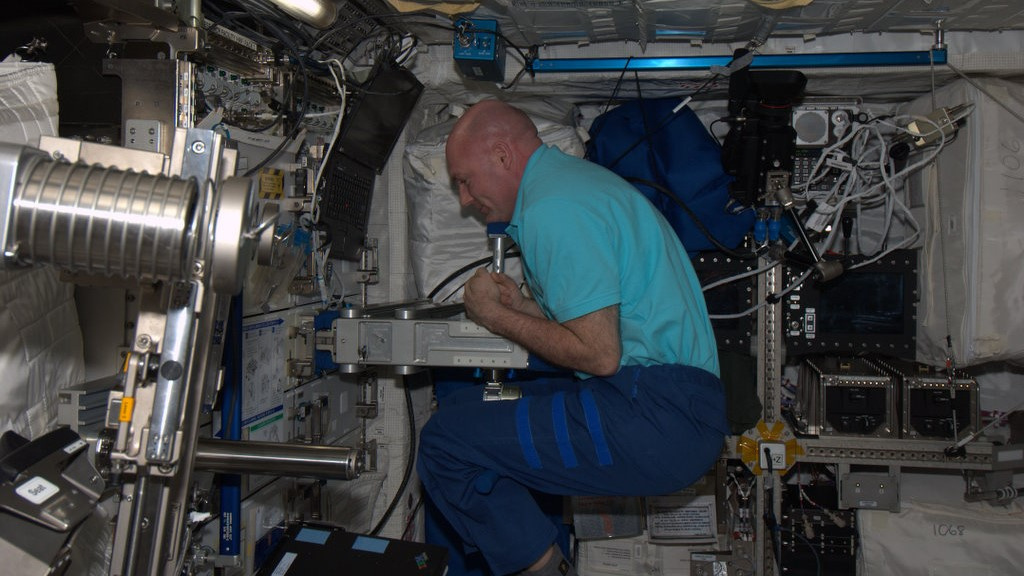
How do astronauts weigh themselves in space?
By Keith Cooper published
Space mysteries In microgravity, astronauts must measure their mass, not their weight, which they can do with two devices on the ISS.
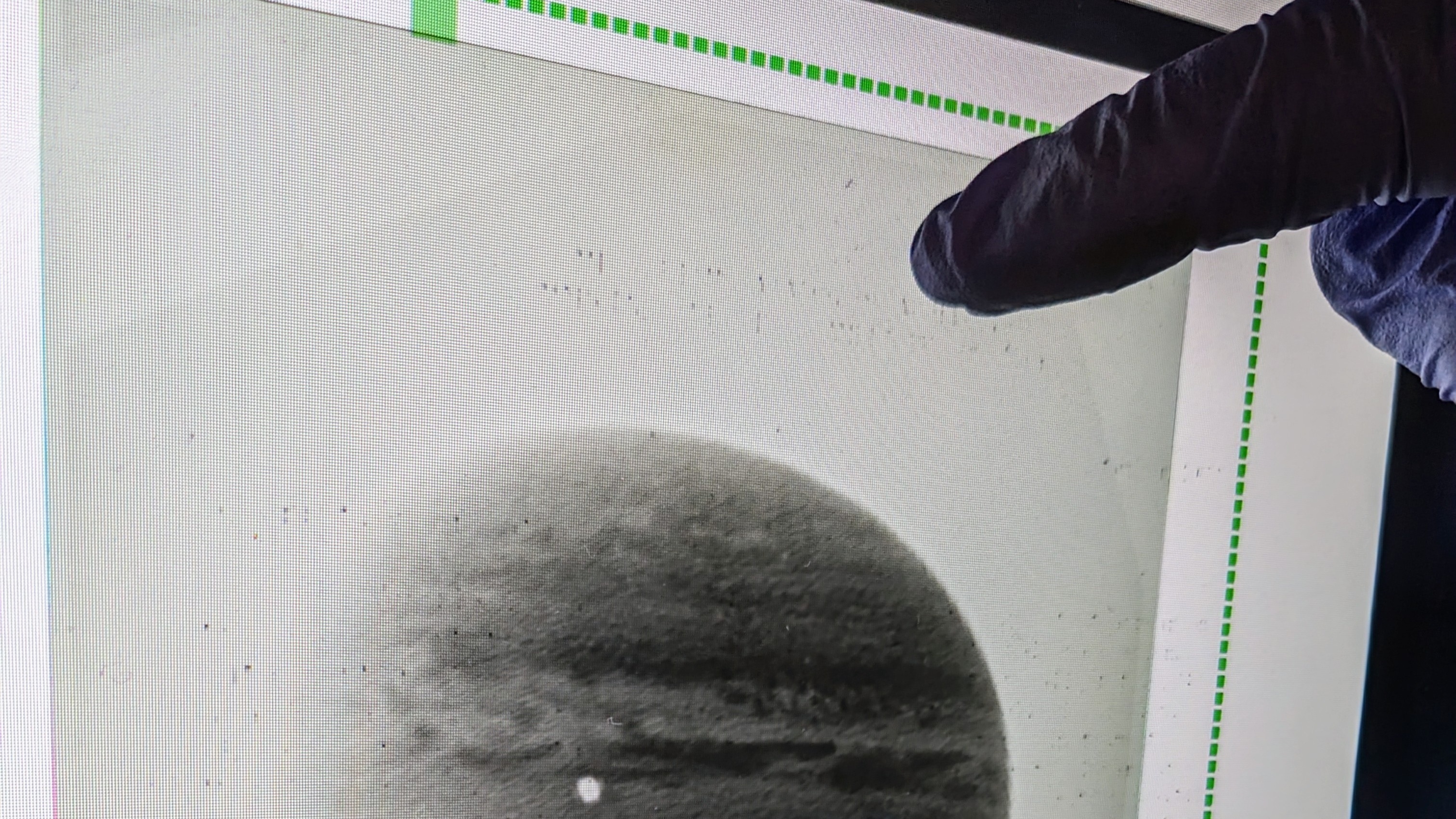
Inside NASA's archives: Meet the team restoring astronomical history
By Keith Cooper last updated
Though data from all modern missions is digitized and properly archived, the same can't be said for missions prior to 1990.

Precise new moon map could help guide future sample-return missions
By Keith Cooper published
The age of Mare Orientale could act like a lunar Rosetta stone for dating the age of the moon's other giant impact basins.
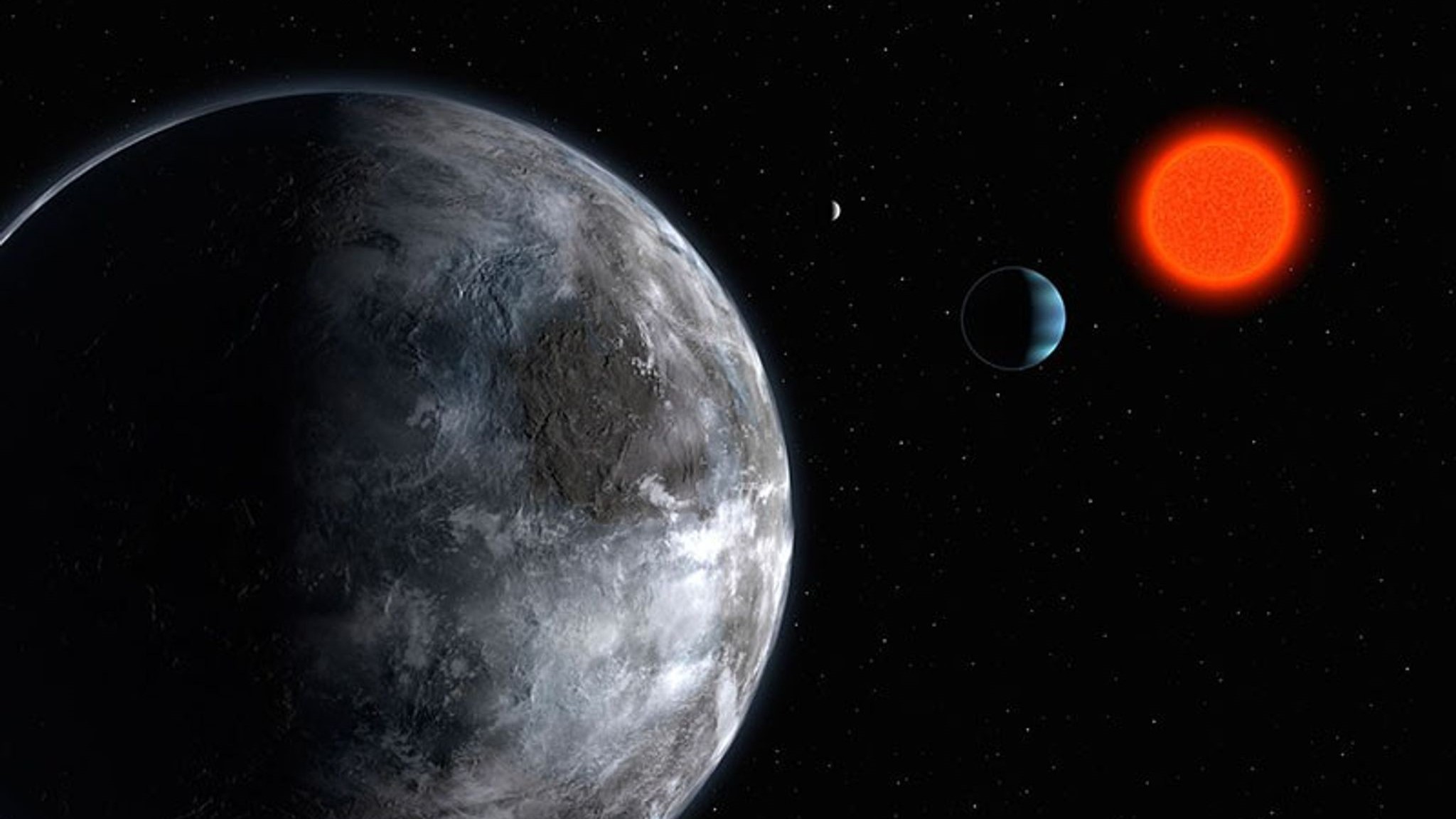
Whatever happened to the 'potentially habitable' planet Gliese 581g (and d and f)?
By Keith Cooper last updated
From being the most Earth-like planet known to being consigned to the trash bin, the story of Gliese 581g is a precautionary tale for exoplanet hunters.

Somewhere in the multiverse, dark energy is helping stars and life form
By Keith Cooper published
The strength of dark energy in our universe is not optimized for forming stars, which means other universes might have a greater likelihood of producing life.
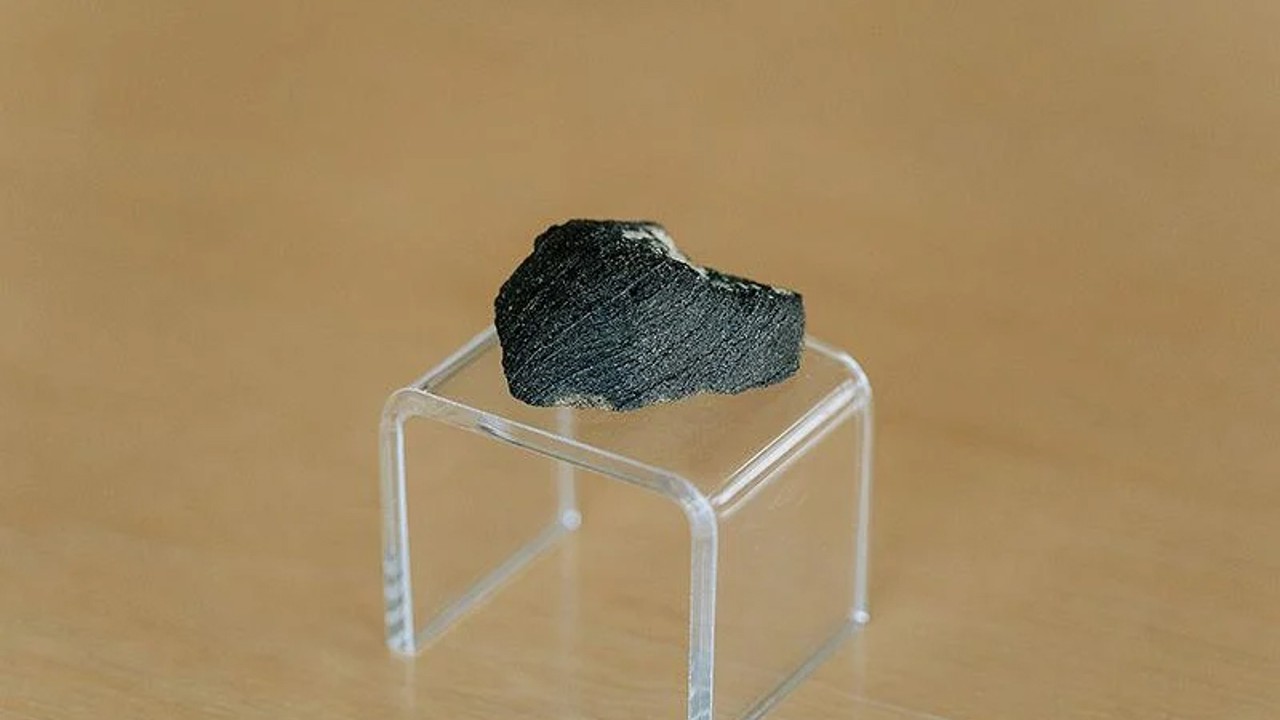
Mars meteorite found in drawer reveals history of water on Red Planet
By Keith Cooper published
"We think the water came from the melting of nearby sub-surface ice called permafrost, and that the permafrost melting was caused by magmatic activity that still occurs periodically on Mars to the present day."
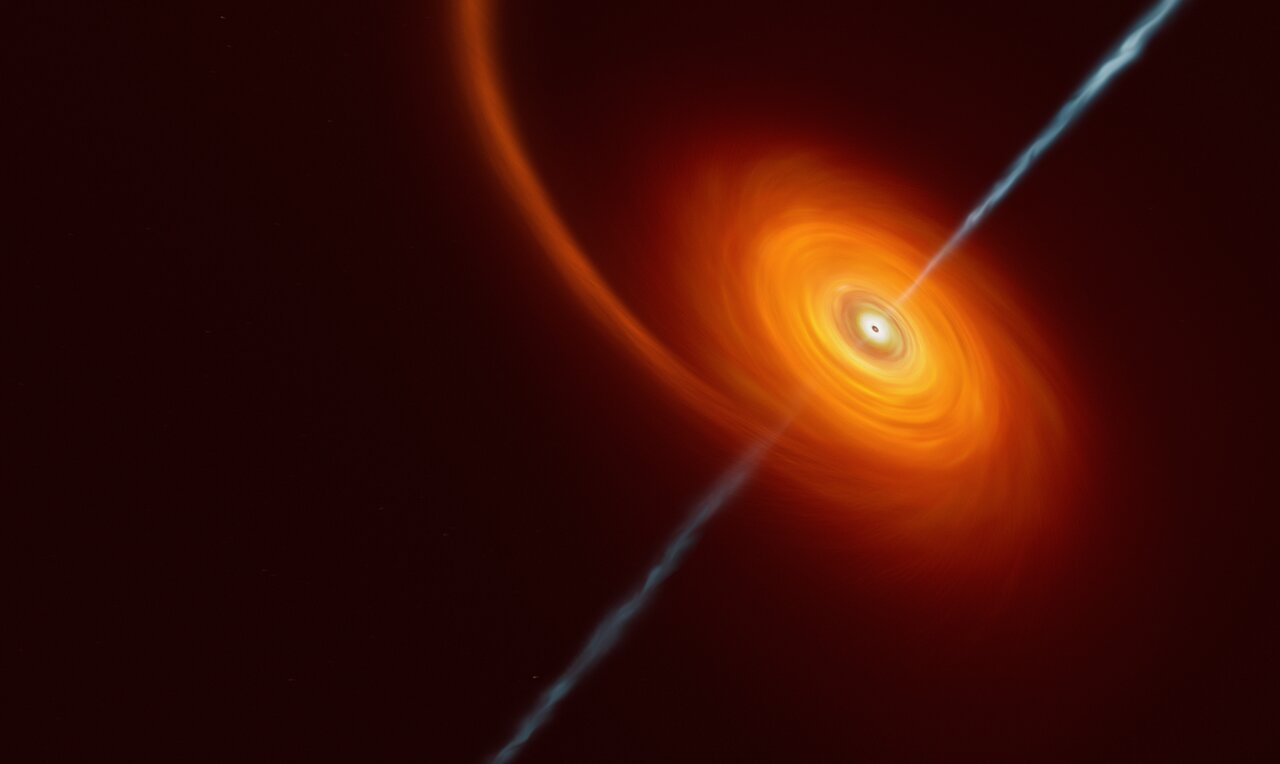
A black hole's secrets could hide in its dizzying light 'echoes'
By Keith Cooper published
Black hole light echoes are an extreme form of gravitational lensing.
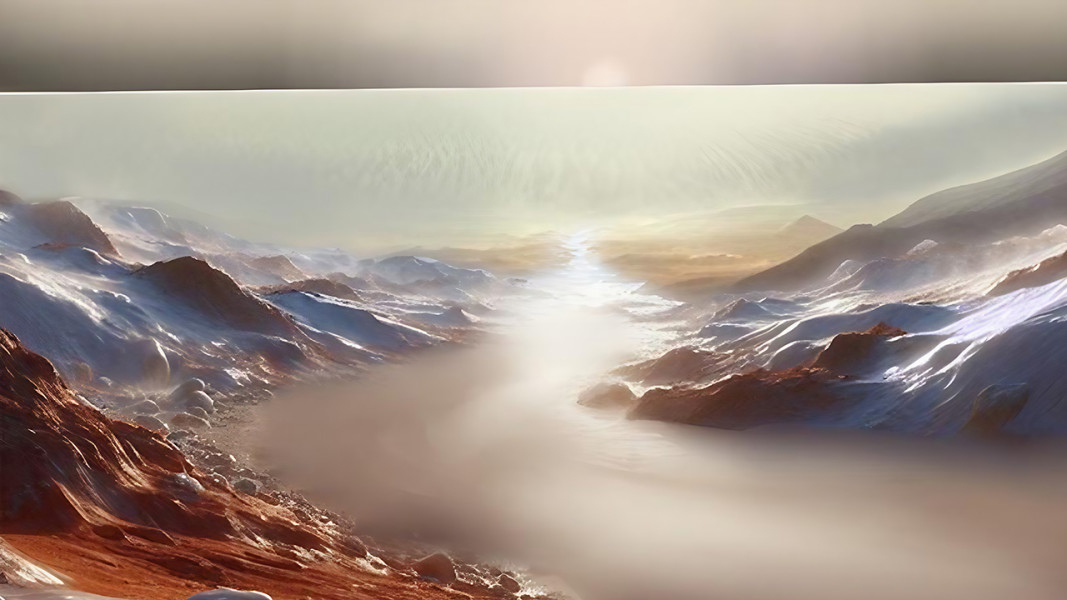
On ancient Mars, carbon dioxide ice kept the water running. Here's how
By Keith Cooper published
Huge shells of frozen carbon dioxide at Mars' south polar cap resulted in subsurface meltwater, which fed a huge system of rivers, lakes and even a sea, a new study suggests.
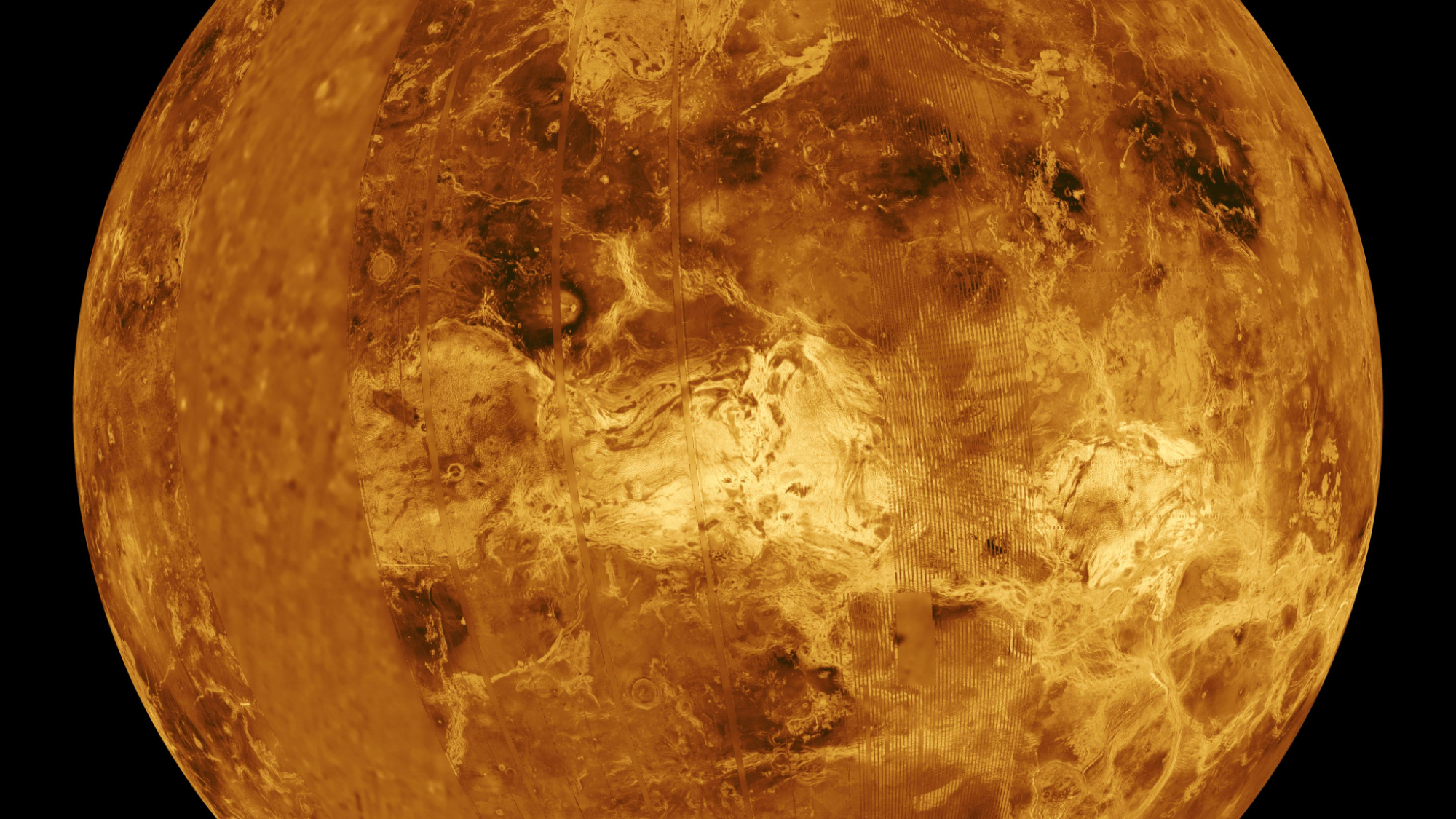
Venus' 'missing' giant impact craters may be hiding in plain sight
By Keith Cooper published
Venus' wrinkled, deformed "tesserae" terrain may be ancient impact features the size of continents, a new study suggests.
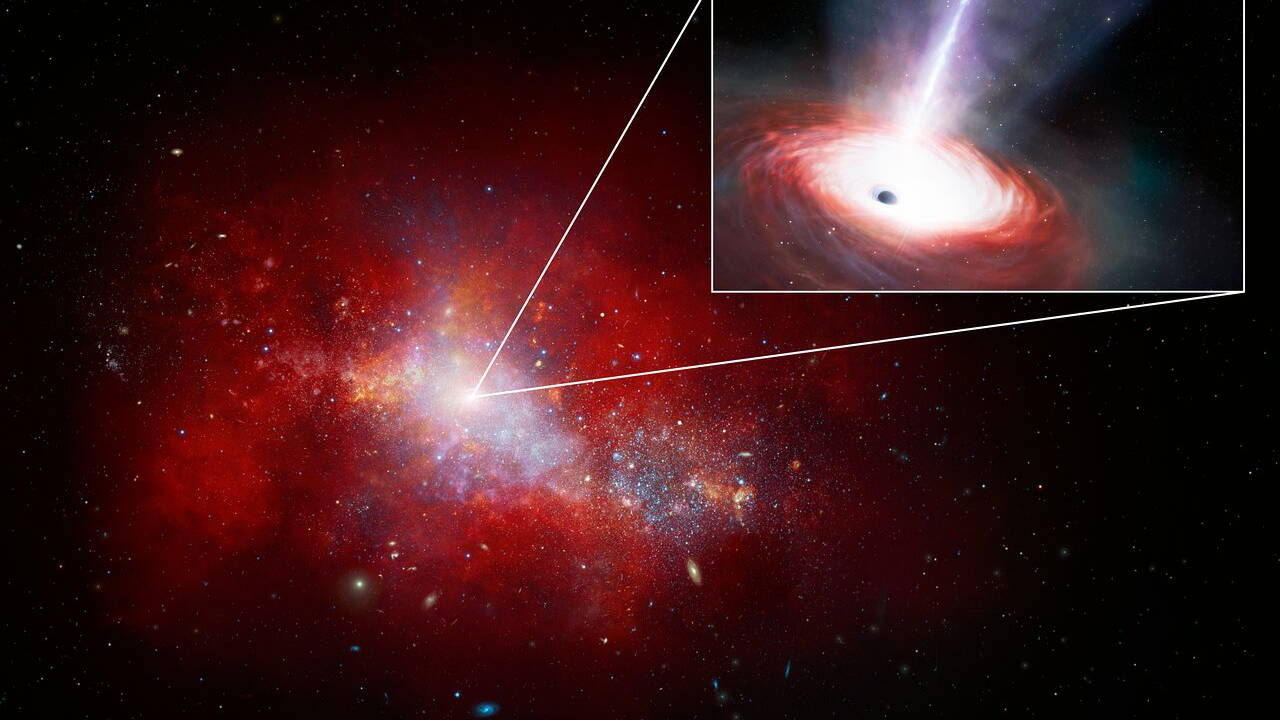
'Fastest-feeding' black hole of the early universe found! But does it break the laws of physics?
By Keith Cooper published
The hungriest known black hole in the early universe has been found, thanks to teamwork between NASA's James Webb Space Telescope and Chandra X-ray Observatory.
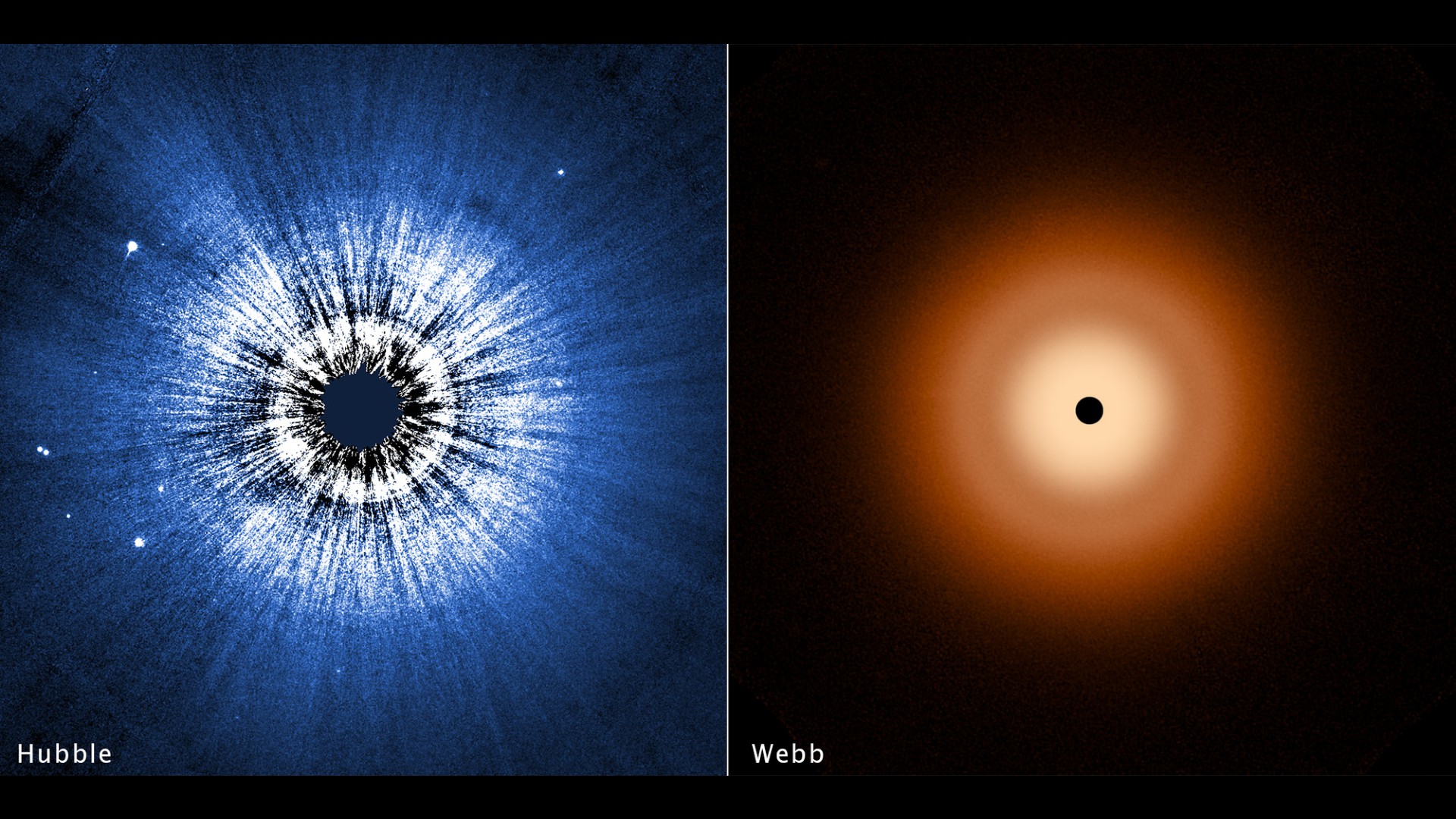
'Vega continues to be unusual:' Lack of planets around young star puzzles astronomers
By Keith Cooper published
A joint Hubble and James Webb Space Telescope (JWST) project to learn more about the dusty disk around the bright star Vega has found a surprising lack of planets.
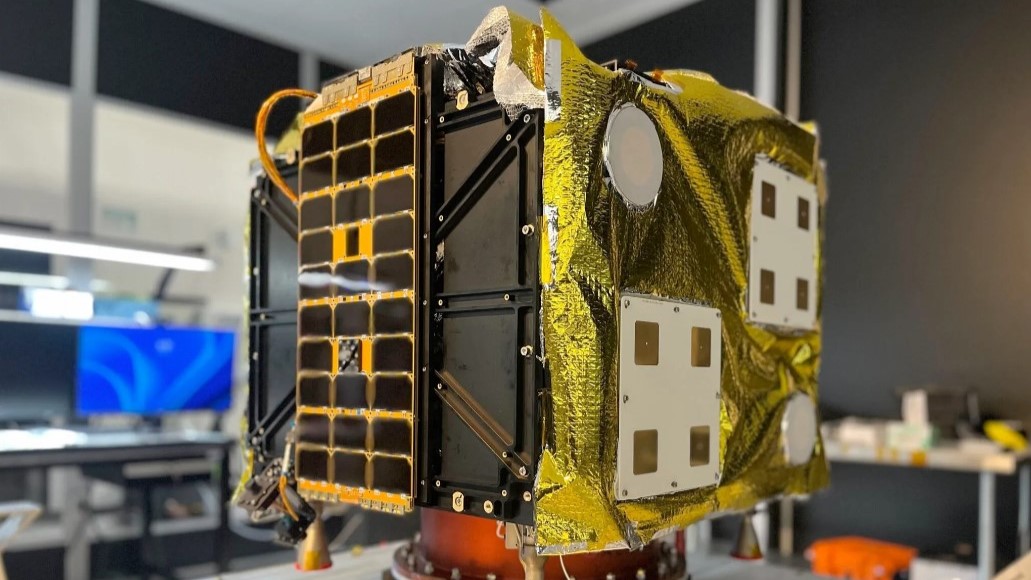
Asteroid-mining company AstroForge gets 1st-ever FCC license for commercial deep-space mission
By Keith Cooper published
AstroForce has received a commercial license for operating and communicating with a mission headed to a near-Earth asteroid, the first to be granted for beyond Earth orbit.
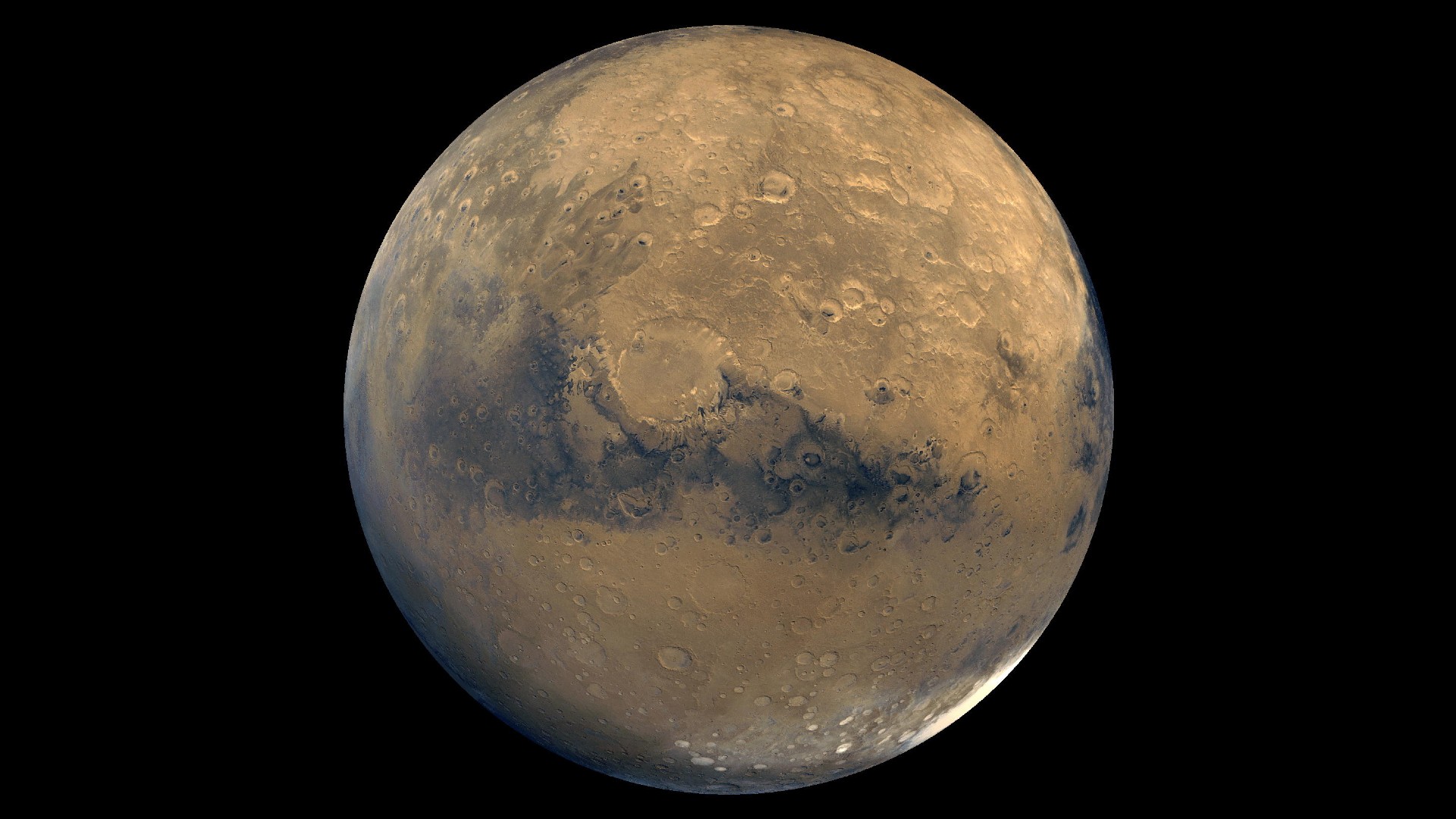
Boost for Mars life? Red Planet's magnetic field may have lasted longer than thought
By Keith Cooper published
Mars' global magnetic field may have hung around for 200 million years longer than scientists had thought, possibly giving life a longer window to take hold on the Red Planet.
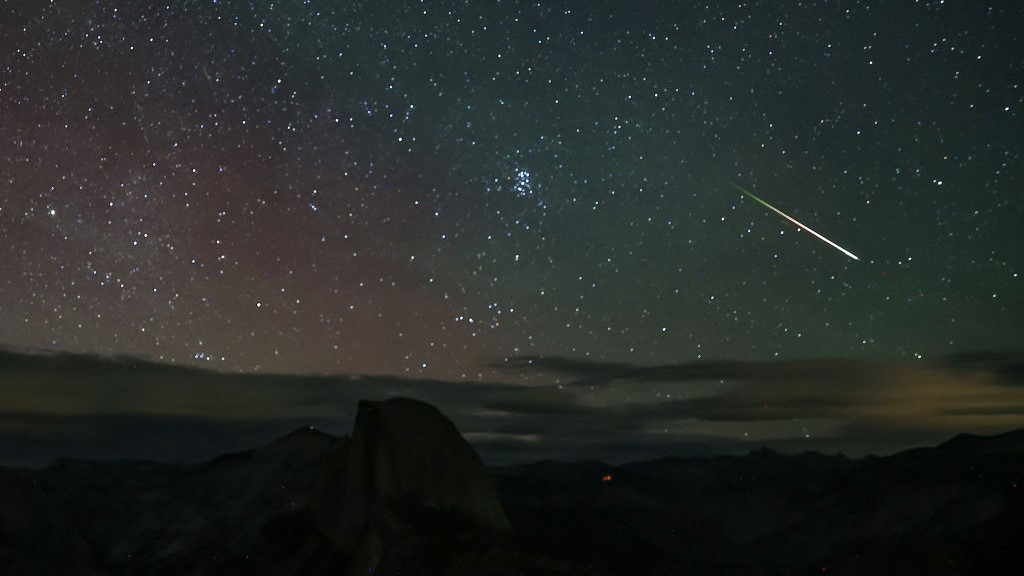
'Interstellar' fireballs likely came from within our solar system, study suggests
By Keith Cooper published
The imprecision in the measurements of claimed interstellar fireballs means it is highly likely they originate in the solar system instead, a new study reports.
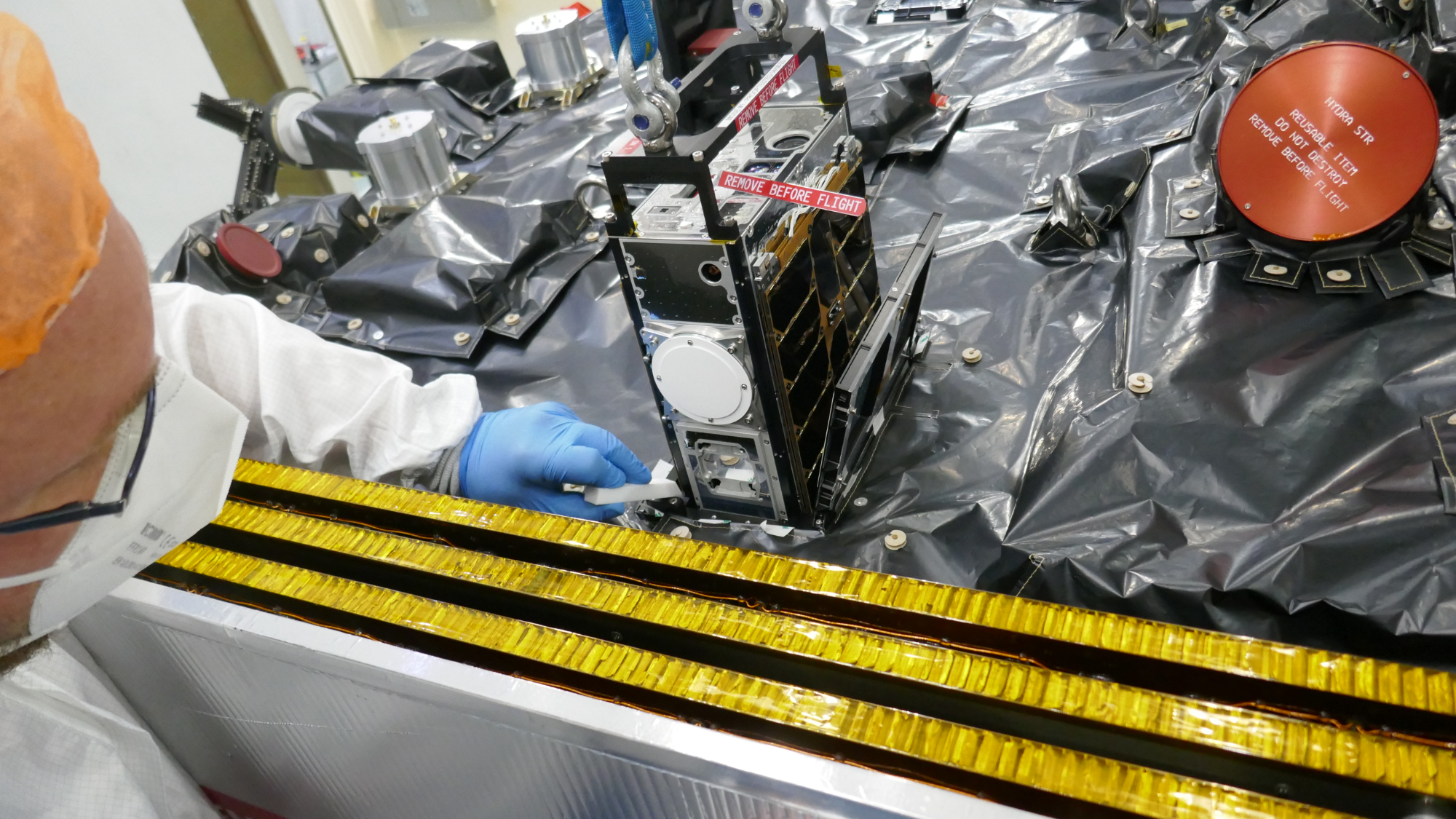
Cubesats on Europe's Hera asteroid mission phone home after Oct. 7 launch
By Keith Cooper published
The two cubesats will assist in the most detailed study ever of a binary asteroid.

NASA delays budget-cut decision about Hubble and Chandra space telescopes
By Keith Cooper last updated
A decision to cut spending on the Hubble Space Telescope by 10% and on the Chandra X-ray Observatory by 40% has been postponed.
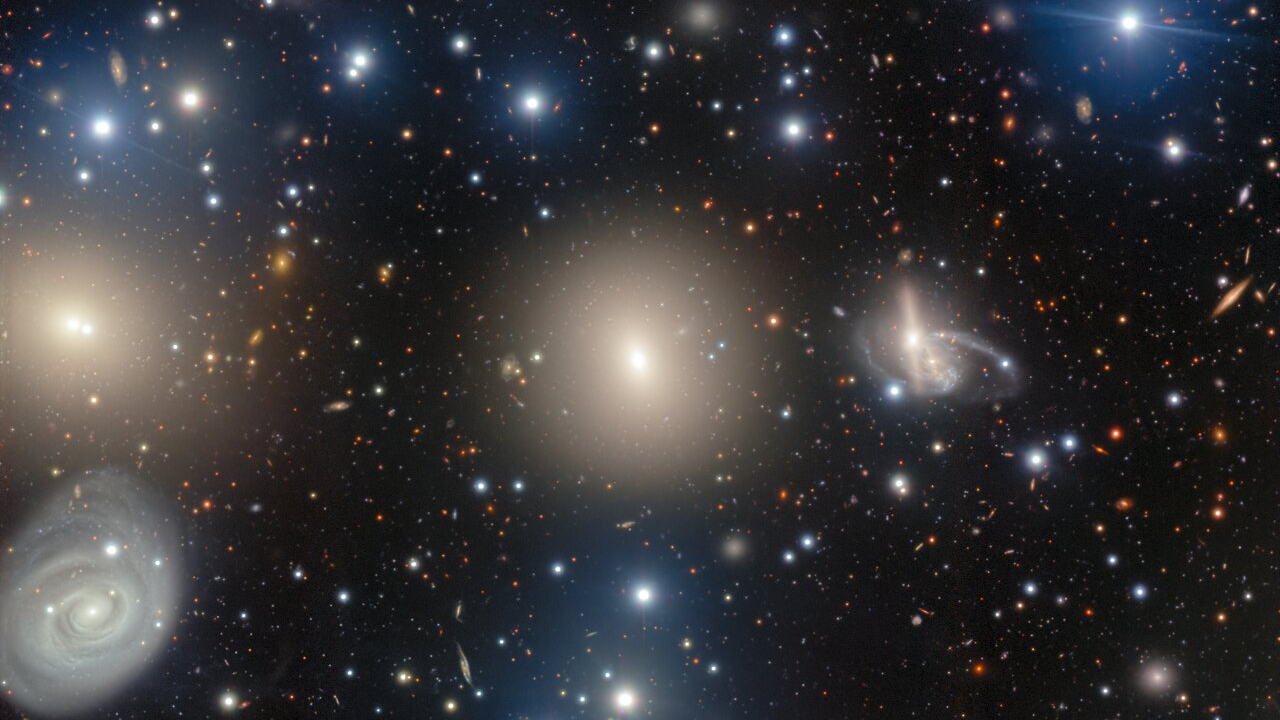
Massive, bustling Perseus galaxy cluster dazzles in new telescope image
By Keith Cooper published
Deep in the heart of the massive Perseus cluster, giant galaxies stir, stars are torn from their homes and hot gas radiates at more than 1 million degrees Celsius.
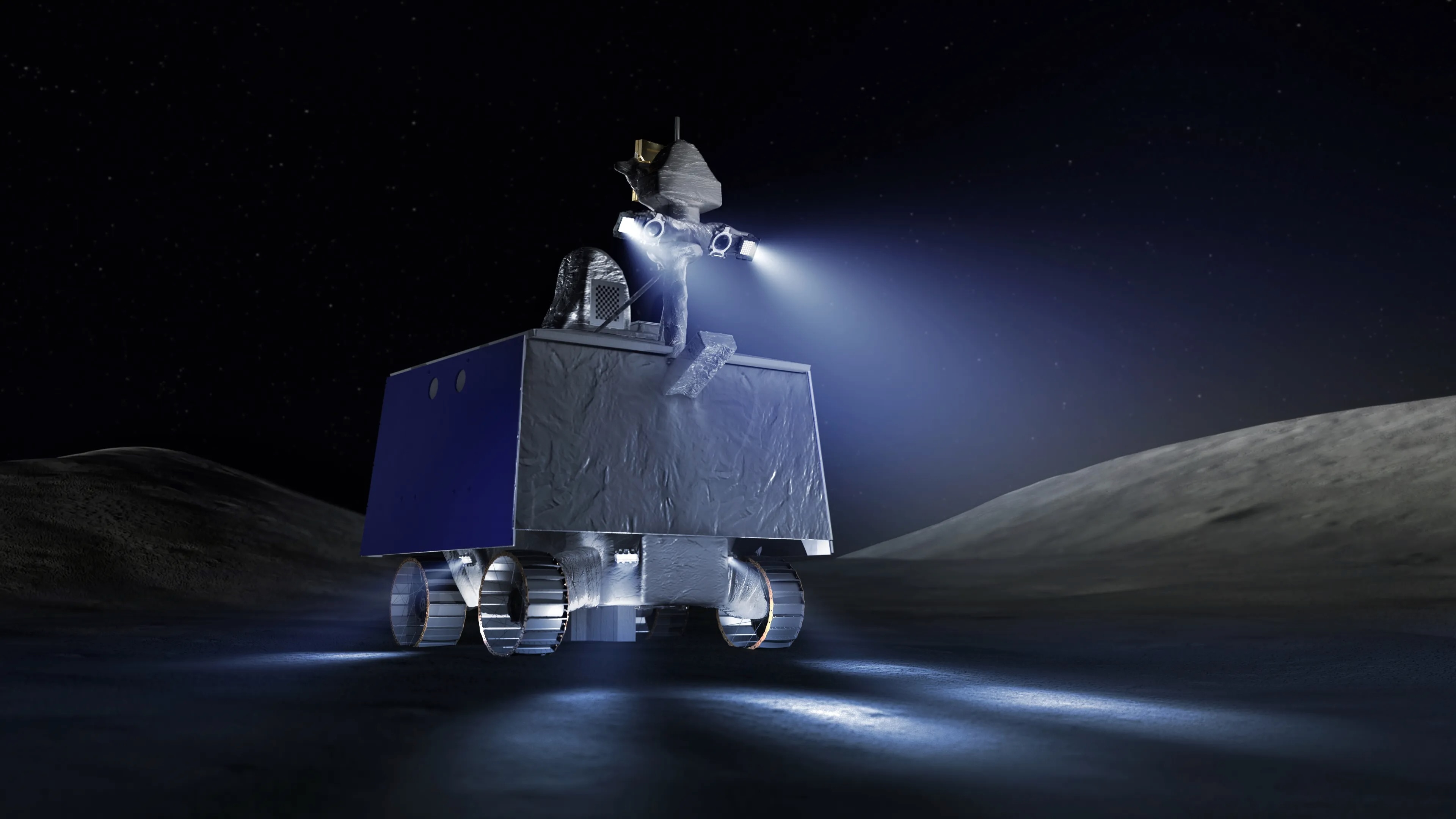
Remote-control robots could help humanity explore the moon and Mars
By Keith Cooper published
Teleoperated rovers could soon be working on the moon, with human controllers on Earth manipulating the rovers' tools virtually.
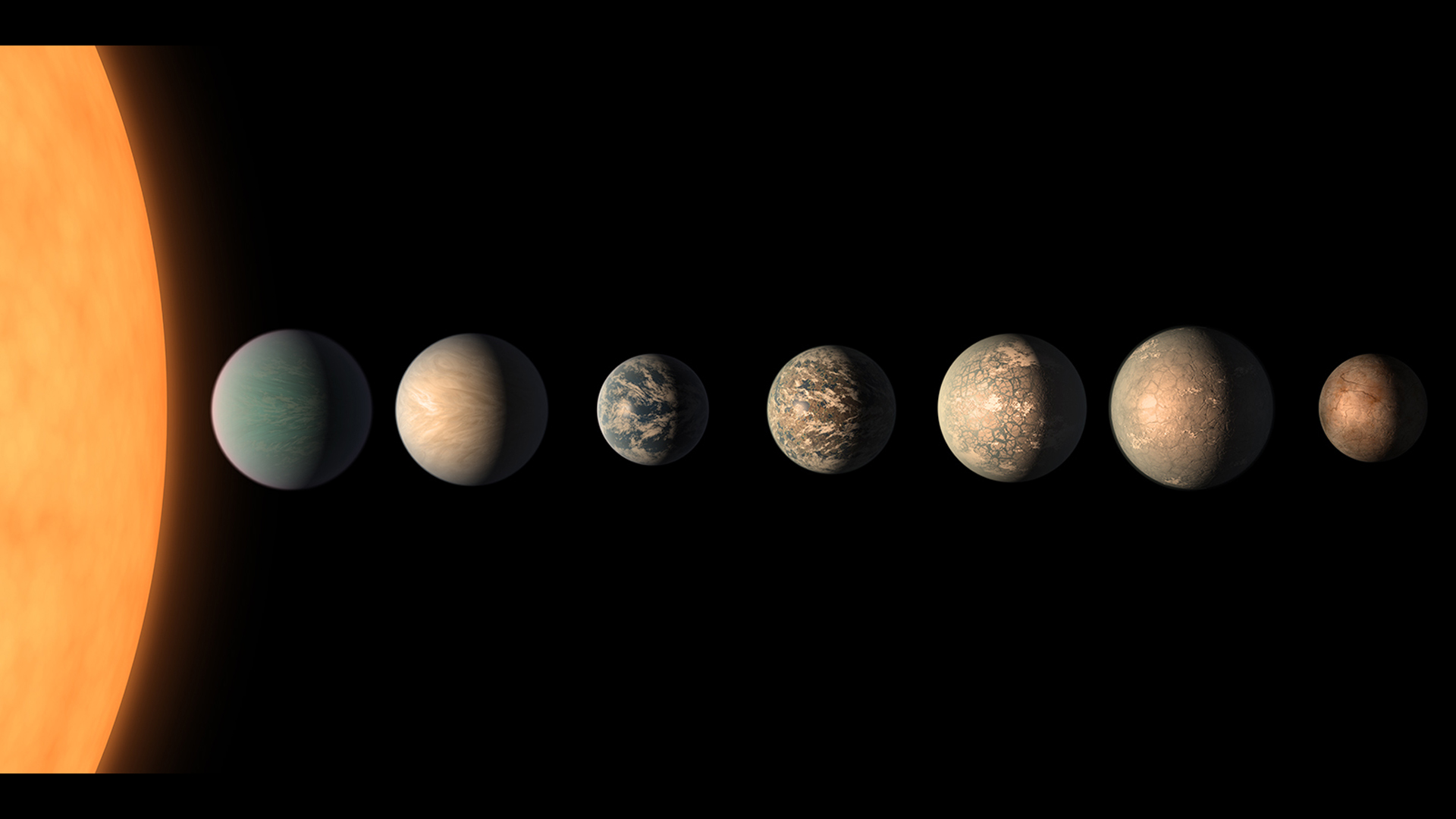
SETI tests new alien-hunting strategy, but TRAPPIST-1 planets remain silent
By Keith Cooper published
A new search for extraterrestrial radio signals during planetary occultations in the TRAPPIST-1 system provides a promising new strategy for hunting for extraterrestrial life.
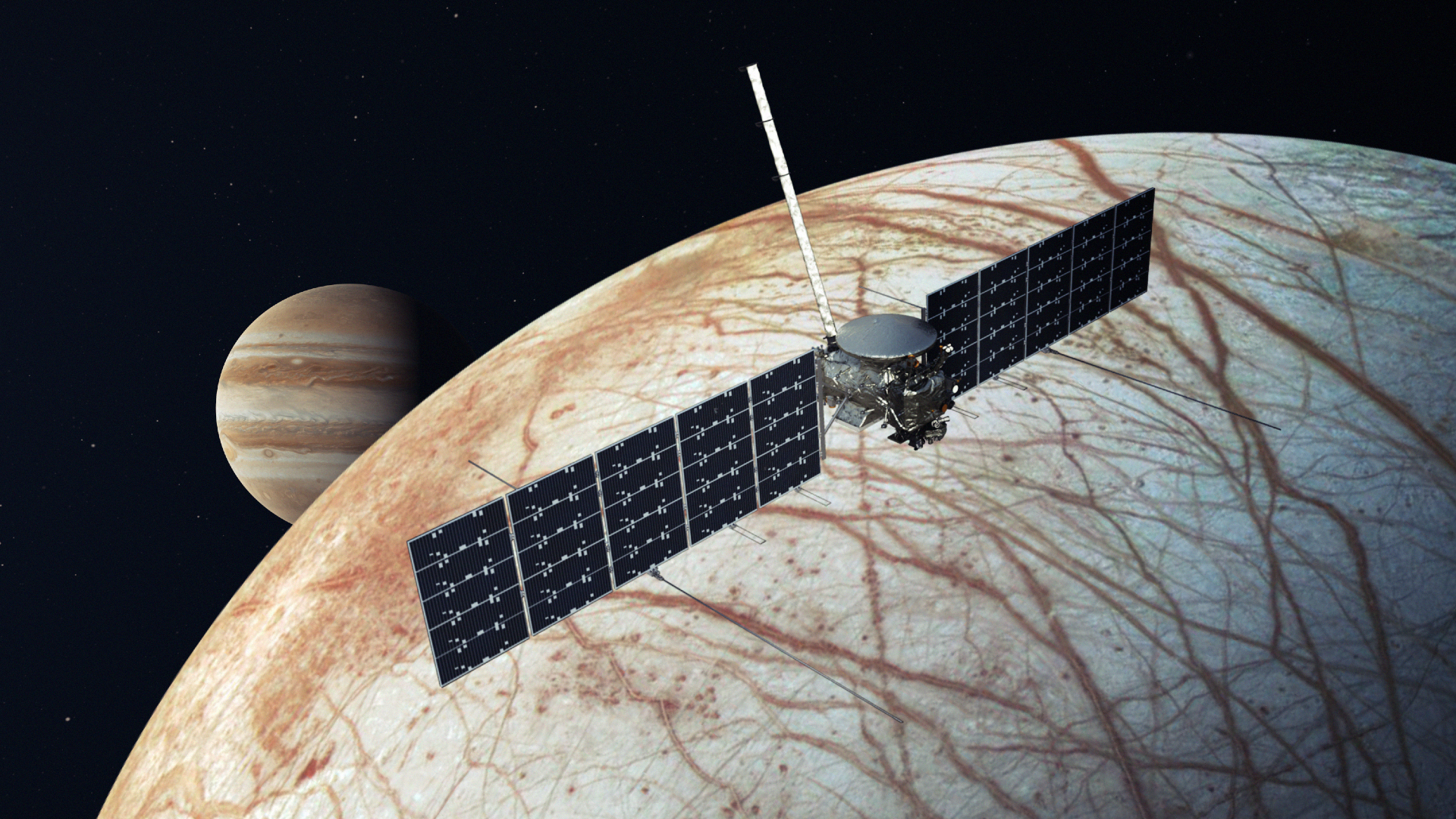
Europa Clipper: A complete guide to NASA's astrobiology mission
By Keith Cooper last updated
Reference The Europa Clipper is NASA's mission to explore Jupiter's icy moon Europa. Explore the mission in more detail with our ultimate guide.
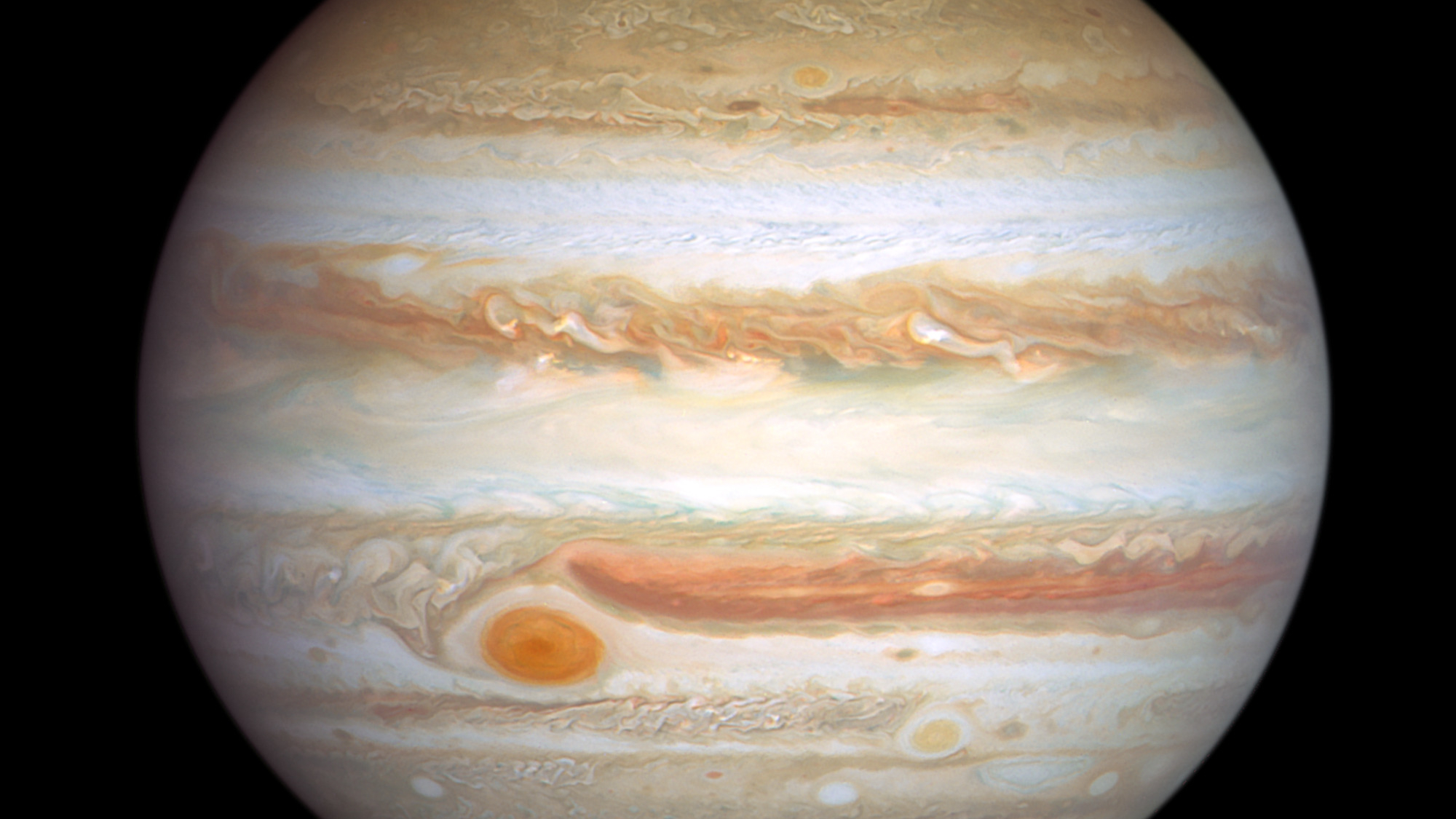
Jupiter's Great Red Spot is being squeezed, Hubble Telescope finds — and nobody knows why (video)
By Keith Cooper published
The Hubble Space Telescope has seen Jupiter's Great Red Spot oscillating in width as it drifts around the planet. Could this be related to its overall shrinking?
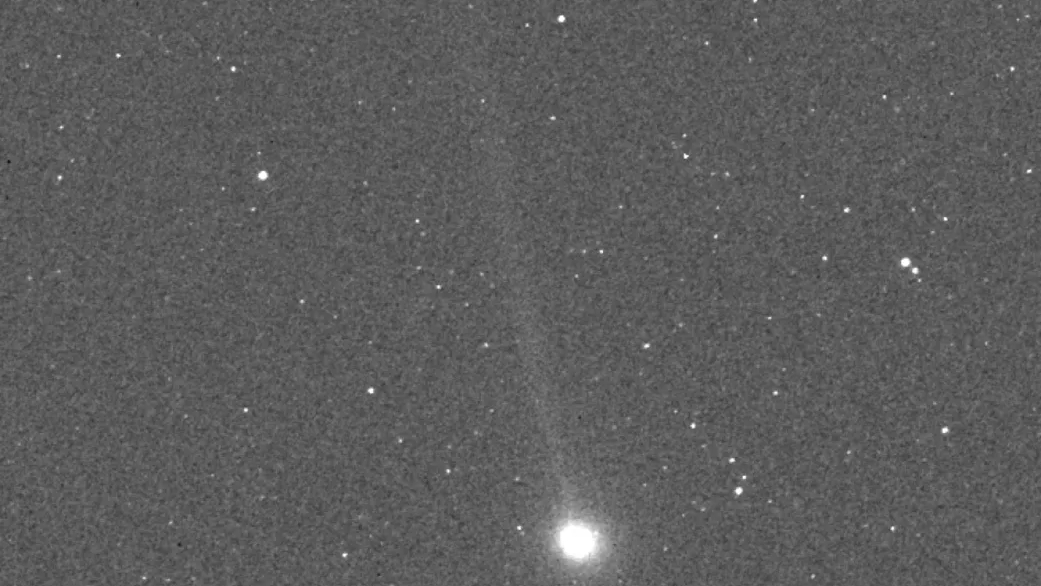
Phew! No 'doomsday' asteroids hide in famous broken comet's debris stream
By Keith Cooper published
The Taurid Meteoroid Stream, responsible for two November meteor showers and possibly the Tunguska and Chelyabinsk impacts, probably doesn't hide a civilization-killing asteroid, a new study finds.
Get the Space.com Newsletter
Breaking space news, the latest updates on rocket launches, skywatching events and more!
